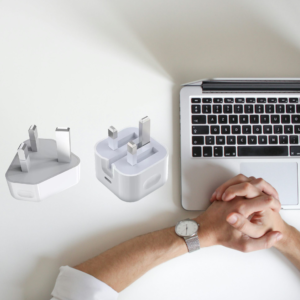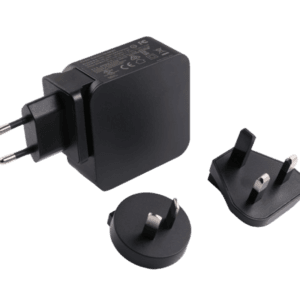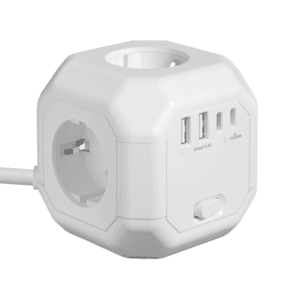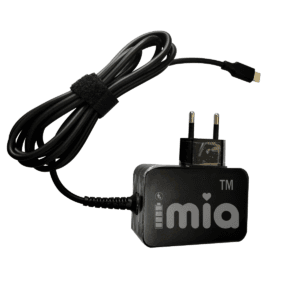In today’s fast-moving world, charging technology has improved a lot compare with simple USB charging. With more 3C devices adopting USB-C connectors and demanding higher power levels, understanding the difference between PD (Power Delivery), QC (Quick Charge), and standard chargers is essential. Each charging technology require different needs for smartphones, laptops, and 3C products (Computers, Communications, and Consumer Electronics). Let’s break down these technologies and explore how they shape modern USB-C fast charging solutions.
Standard Chargers: The Basics
Standard chargers refer to traditional USB chargers that deliver power at a fixed rate, usually 5V/1A or 5V/2A. These chargers lack communication protocols to negotiate best power levels, making them slower and less efficient for modern devices. They also do not support the advanced features required for fast charging or smart charging.
Although still useful for older devices, standard USB charging can not meet today’s power-hungry smartphones, tablets, and laptops. They are not ideal for charging multiple devices simultaneously or safely powering high-capacity batteries.
Quick Charge (QC): Speed from Qualcomm
Quick Charge is a special charging technology developed by Qualcomm. It’s widely used in Android smartphones and provides faster charging than standard USB by increasing voltage and amperage levels. QC primarily benefits Qualcomm-powered devices. If your phone or device doesn’t support Quick Charge, the charger will fall back to basic charging modes, affecting efficiency.
USB Power Delivery (PD): The Versatile Powerhouse
USB Power Delivery (USB-PD) is a universal fast charging standard developed by the USB-IF (Implementers Forum). It’s designed to provide high power over USB-C connectors—ideal for everything from smartphones to laptops.
A PD charger for rapid power delivery in 3C products ensures consistent, high-speed charging across multiple device categories. Supporting up to 240W under USB Power Delivery 3.1 protocol, PD chargers can intelligently negotiate power needs using programmable power supply (PPS). This allows fast USB PD solutions to adjust voltage and current dynamically, ensuring optimal charging and enhanced safety.
USB Power Delivery charger specifications and benefits include:
Up to 240W of power for laptops and high-end tablets
Universal Type-C connector compatibility
Dynamic voltage adjustment with PPS for efficient charging
Bidirectional power (can charge or be charged)
Whether you’re using a wall charger with dual USB-C PD ports for multi-device charging or a portable power adapter with USB Power Delivery for laptops and tablets, USB-PD is becoming the standard for modern power delivery.
Choosing the Right Charger for You
When selecting a charger, consider:
Device compatibility: Ensure your devices support USB-C PD or QC
Power output: Match the charger’s output to your device’s power requirements
Charger compatibility: Look for universal charger supporting USB-C connectivity across laptops, phones, and more
Smart charging: Opt for smart charging technology with integrated chip and over-current protection for safety
For optimal performance, always pair your charger with a certified USB-C cable with high-speed data transfer and PD power support.
Conclusion
As charging needs grow, so do the technologies that support them. USB Power Delivery stands out for its versatility and universal adoption, while Quick Charge remains valuable for compatible smartphones. Standard chargers, though still useful, are no longer sufficient for most modern devices.
Combine a Type-C charger with universal USB-PD protocol support, advanced charging technology, and compact GaN technology, users can now enjoy faster, safer, and more reliable power delivery for all their 3C products.
Whether you’re at home, at the office, or on the way, choosing the right fast charging solution means a lot for the best of USB-C fast charging technology overview for modern devices to stay powered throughout your day.





